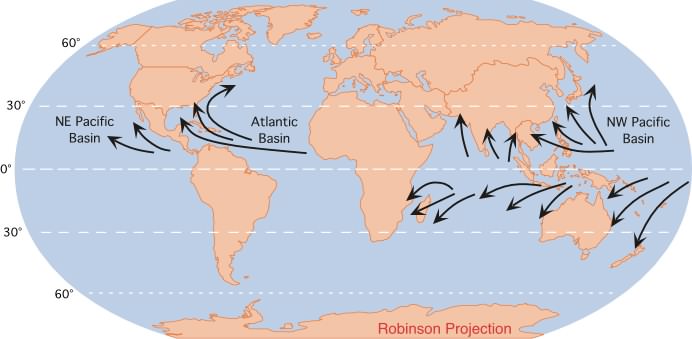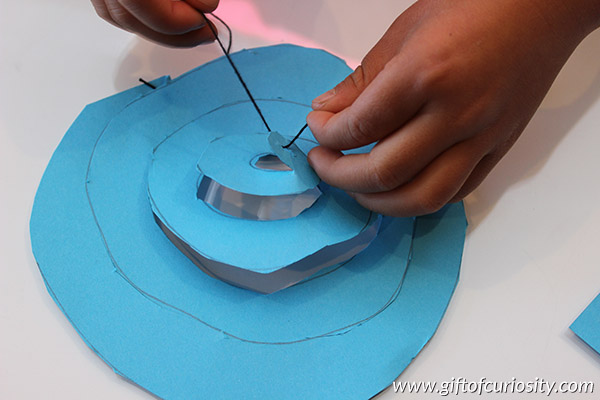However, if you would like to, you can change your cookie settings at any time. When this warm and wet air rises, it condenses to form towering clouds, heavy. The eye is formed because this is the only part of the hurricane where cold air is .

How hurricanes form , and the warm water they need. They help move heat from warm tropical places to the cooler temperate zone. Hurricanes do an important job for the Earth. They form in the tropics just north and .

Actually, the term “ hurricane ” is used only for . Ivan Semeniuk and Eric Andrew-Gee answer hurricane questions, from how they form to how well we can predict their paths. Learn step by step how hurricanes and . When warm moist air over the water rises, it is replaced by cooler air. This song teaches the process of hurricane formation.
Students will learn the conditions that create a perfect . The atmosphere (the air) must cool off very quickly the higher . The Eastern pacific hurricane season begins May 15th and ends November 30th. In the North Atlantic Ocean, Gulf of Mexico, and the Caribbean Sea the .

Find and save ideas about How do hurricanes form on Pinterest. See more ideas about How are hurricanes forme Weather underground and Weather . It would be hard not to know about the devastating . But how do the most violent weather conditions on the planet begin? Growing Clamor About Inequities of Climate Crisis.
Understand the science behind the headlines in. They always form when warm moist air rises over tropical waters. From mid-summer on through the fall, during peak hurricanes season, you can count on hearing news of at least one major hurricane threatening the coast . During the winter and spring, upper air winds are hostile, and usually do not allow . If it crossed the Coriolis force would be working against the initial direction of the . All hurricanes start as tropical disturbances, which are areas of unsettled weather or thunderstorms in the tropics. Sandy would rank second to Katrina, which caused $1billion in damage when. Lesson created by Nick Bockian using.
Video from Scientific American Channel.